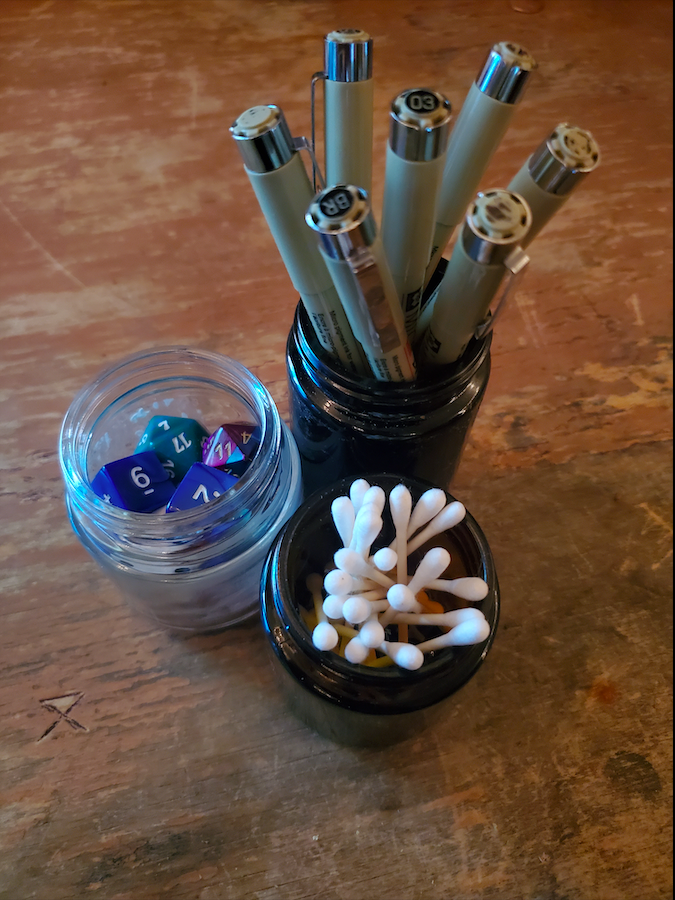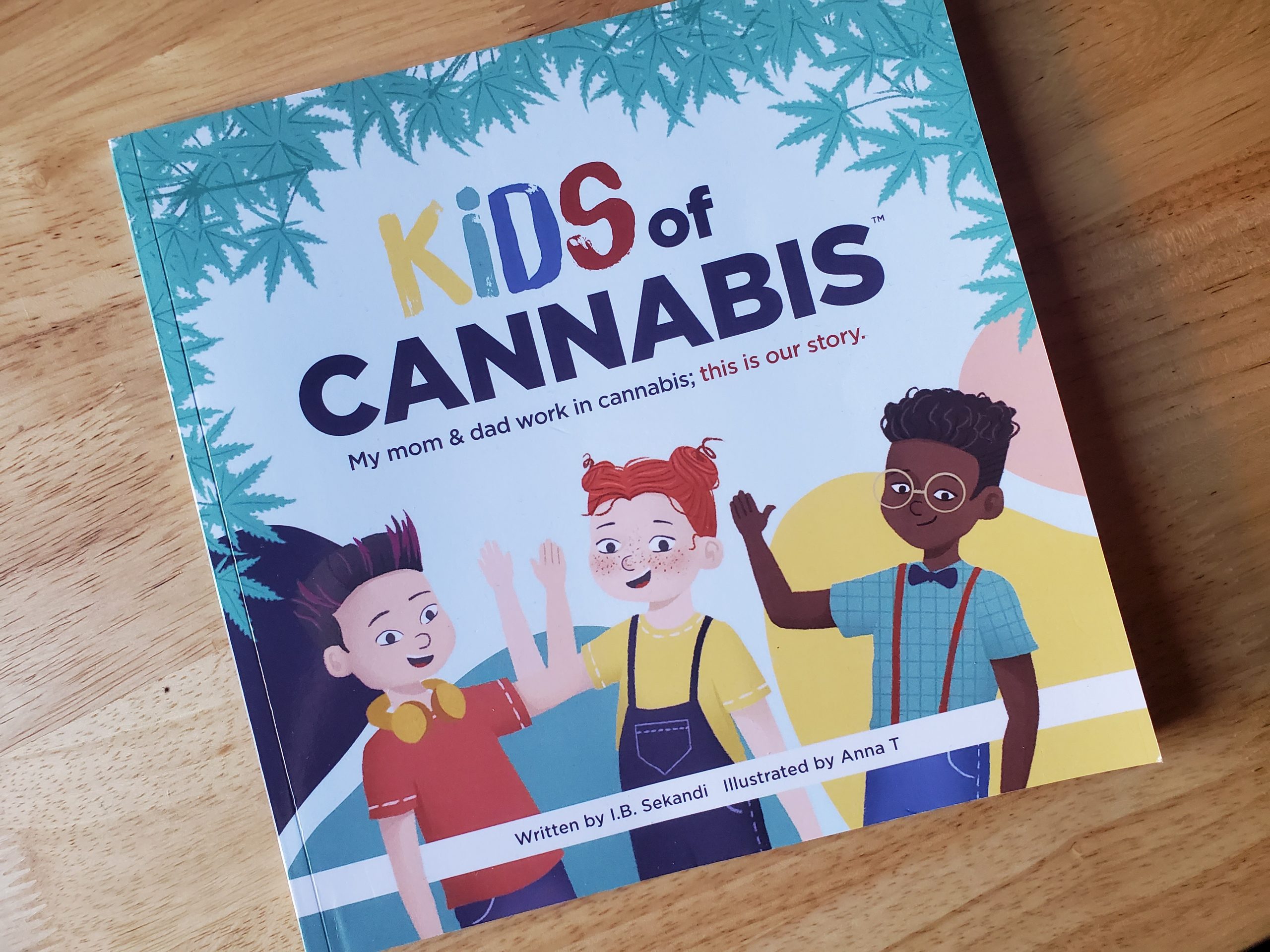Parents in the Cannabis Industry: Overcoming Stigma
As the legalization of cannabis becomes more and more common across the united states, the widespread populating of the positions within the industry similarly begins to ramp up. Dispensaries, cultivation centers, testing labs, corporate offices, sales reps; the world of cannabis has opened up in a thriving, legitimate business world.
This said, a stigma still pervades around cannabis and its industry as age-old criticisms and arguments are rehashed. For some of us, these are easy enough to brush off or ignore as we go about our days and our jobs. For others, though, circumstances can make these conversations a bit stickier. Specifically, the conversation parents of the cannabis industry have with their children, and navigating a space that has been explored very little before.
These conversations are, obviously, already in motion across the legal states, both in private and public platforms. On that wider perspective, author’s have begun publishing books and other literature on the subject, geared both at children and adults alike. One such publication, I.B. Sekandi’s Kids In cannabis: my mom and dad work in cannabis; this is our story allows children a look at cannabis from a business oriented view; like any book a child could read on construction jobs or a career being a firefighter, the book allows a perspective on how the many jobs in the industry work with one another around a thriving industry
The book does a wonderful job of normalizing talk about the cannabis industry, though the conversation doesn’t end there. In truth, much of the conversation has to be done on the ground level, interpersonally between parents and their children. Sekandi’s book and those like it allow a decent foundation for these conversations, but at the end of the day children will always have questions, especially in the face of our culture’s current stigma around the topic.
As difficult as the conversation is, it is one that is already happening in households across the state with our new legal status. One parent having such conversations is Chelsi G, a cannabis worker in a Michigan dispensary. Mother to children aged 1 and 8, Chelsi has already begun this conversation with her eldest. At the heart of the matter, trust and honesty are the foundations of the conversation. Chelsi started out our conversation with the key rule in the conversation: “I’m not going to lie to him”. Formally working in the industry for about a year now, Chelsi has had to redefine her job to her kids, moving from a previous job in carpentry.
Having used cannabis herself for anxiety and sensory overload issues, Chelsi uses her experience to frame cannabis in its medicinal light when discussing with her children. “Cannabis is natural medicine” she notes, focusing on a positive framework for the rest of her discussions with the children. Further, she is intentional with language and boundaries, noting that the products are for adults only. Using more standardized terms also plays a part in Chelsi’s conversation with her kids, preferring to use the term cannabis over any slang terms, such as pot, weed, etc.
These conversations occur across the spectrum of the cannabis industry, not only restricted to those working the front-line dispensary positions. Sandy A, a lead marketing officer in the cannabis industry, similarly has talked to her children about the focus of her work. Adopting a similarly straightforward approach to the subject, Sandy lets her kids, aged 19, 17 and 12, know that she works marketing with a cannabis company. The conversation, though, shifts slightly with ages across the spectrum, the oldest of which is a legal adult and approaching the legal age in a few years. A focus on maturity and responsibility permeates the conversation, not allowing her presence in the cannabis industry to be viewed as any leeway on the rules “Once they’re of age, of course they can partake. But prior to that, I’ve made sure they’re aware that there are legal consequences to those kinds of actions”. Chelsi had also made clear to her children the boundaries of age as they play into cannabis, clearly defining that the medicine she sells is for adults only.
As a parent, the conversations often don’t end with the children, but the public sphere of daycares and schools. These interactions, while sometimes difficult, prove sometimes to be less intense than one might think. Chelsi notes that often when dropping her youngest at daycare, other parents will comment on her work apparel with the dispensary’s name on it. “A lot of them end up asking me questions, like if they have the right pen for a cartridge”. Other parents, though, are less enthusiastic when it comes to the cannabis industry. Sandy notes that she usually keeps her job vague when talking to other parents, starting out by simply saying she’s in marketing “sometimes they’ll prod until, eventually, I’ll tell them I work in the cannabis industry. It prompts even more questions from the curious parents, while the less approving typically end their questions there.” The stigma surrounding cannabis, and its industry, are still strong in our culture, and the parents of the industry often have to deal with these judgments on the front lines. “There are a lot of misconceptions out there” , Aldrich notes, and she couldn’t be more correct.
The conversations being had at this parental level are a strange lot, navigating stigma and a still freshly developing industry. Whether to children themselves or navigating the public spheres of school and daycare, the conversation is an unavoidable one for these parents. Further still, it’s a dialogue that is never uniform; from person to person, family to family, these conversations shift with the different lives and histories of the people having these conversations. At its core, though, Sandy and Chelsi displayed an honest, straightforward approach to the conversation, keeping the truth in the light and center stage. Allowing the children of cannabis industry workers to remain in the dark helps no one, leaving them uninformed at best, if not swept up in stigma and misconceptions of our culture. Respect can develop for cannabis and those who work in the industry, and this is but one of the many points where that respect is being negotiated.



